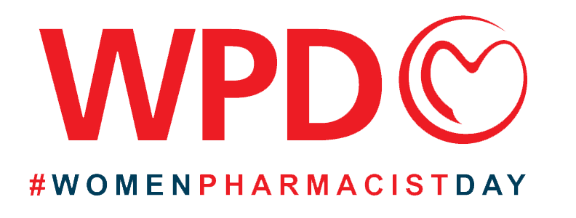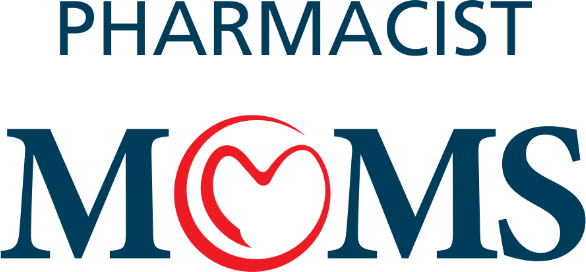Diabetes Management Education: Addressing the Barriers
Diabetes affects nearly 10% of the American population. As pharmacists, we care for this population on a regular basis and we need to recognize where the gaps are. These gaps may provide a prime opportunity for us to increase our services to help improve outcomes for these patients.
Diabetes affects nearly 10% of the American population. As pharmacists, we care for this population on a regular basis and we need to recognize where the gaps are. These gaps may provide a prime opportunity for us to increase our services to help improve outcomes for these patients.
The American Diabetes Association places a heavy emphasis on access to a diabetes self management education program. These courses typically follow a traditional classroom style setting, allowing for either group learning or individualized learning with an instructor. Information is rattled off at patients according to a curriculum that is suggested by the organizations in charge of accreditation. The process looks something like this: diagnosis referral diabetes self management education. It seems fairly straight forward, and it should be. The reality, however, is that the current system presents many barriers that aren’t being addressed.
1) Insurance Red Tape: Oh insurance…we all love it. Most insurances will pay for some form of diabetes education, but the reimbursements are low leaving little desire for most providers to pursue this path unless they have a true passion for educating patients on diabetes management. Additionally, there are so many stipulations in place that make it challenging to contract for reimbursement. For example, CMS won’t reimburse an independent pharmacist for these services. The coursework takes extensive time to build, and to build it without reimbursement for Medicare and Medicaid patients is more work than its worth, especially if you live in a state where provider status has yet to be achieved. So most patients are stuck choosing from a limited number of courses, if they can even find a course to attend. This leads us to the next barrier.
2) Limited Diabetes Self Management Education Services: Generally, most primary care clinics do not house a diabetes self management education service. They typically refer out. Patients are often stuck waiting for availability or driving long distances to get this training. Not all our patients have this ability to travel, which takes us into our next barrier.
3) Limited Access: Many patients can’t take the time off work or can’t travel the distance to get to a physical location that offers these services. Telehealth diabetes self management courses have not expanded in the same way that many other healthcare services have, likely in association with the insurance red tape barrier we discussed in the beginning.
4) Traditional Courses do not recognize various learning styles: Not everyone can sit down in a classroom setting and have information verbally given to them with a few handouts to review. We are talking about life changes here. Some people need to self-study. Some people need to pause and rewind. Some people need more visual aides. Some people need to write it down and come back with questions. Depending on what insurance will cover, they may be limited in their access to these educators.
5) Lack of Individualization: because these services are formatted a certain way, and insurance reimburses a certain way, individualized services are harder to come by. Most insurances prefer group setting over individualized…because it’s cheaper.
Until we start recognizing the barriers in place for our patients when it comes to self management, this diagnosis will continue to control the lives of our patients. While there are no simple answers, we can impact these patients on a smaller level until some of these barriers are resolved. Take an extra 5 minutes to show a newly diagnosed diabetic how to use their meter. Check in with them to see what nutrition changes they have made. Review their profiles and discuss any gaps in care you assess.
On a larger scale, get involved with lobbying for provider status. These are the types of services a pharmacist could excel with if given the green light. Approach a clinic or pharmacy to build a self management course under their umbrella. It would be a lot of work, but would also highlight exactly what a pharmacist can bring to the team as we continue fight to be a part of the collaboration.









.png)



